Latest Articles
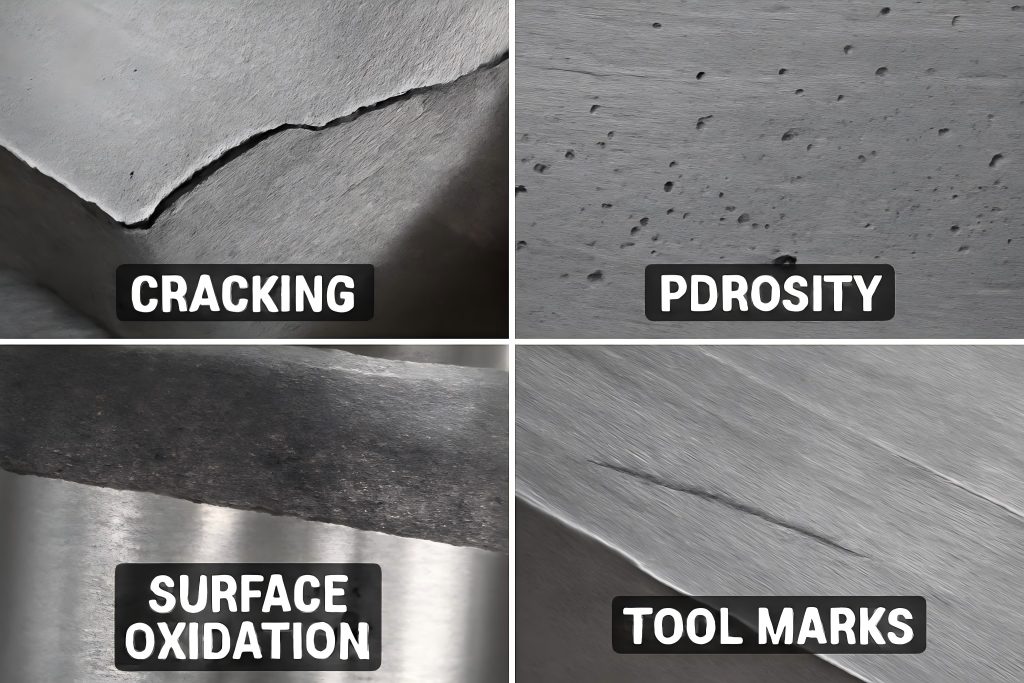
In industries where strength, longevity, and corrosion resistance are critical, stainless steel forgings are indispensable. However, careful attention to detail throughout the forging process is necessary to achieve these qualities. Component integrity can be jeopardized by even small flaws, particularly in corrosion-prone conditions.
Read More
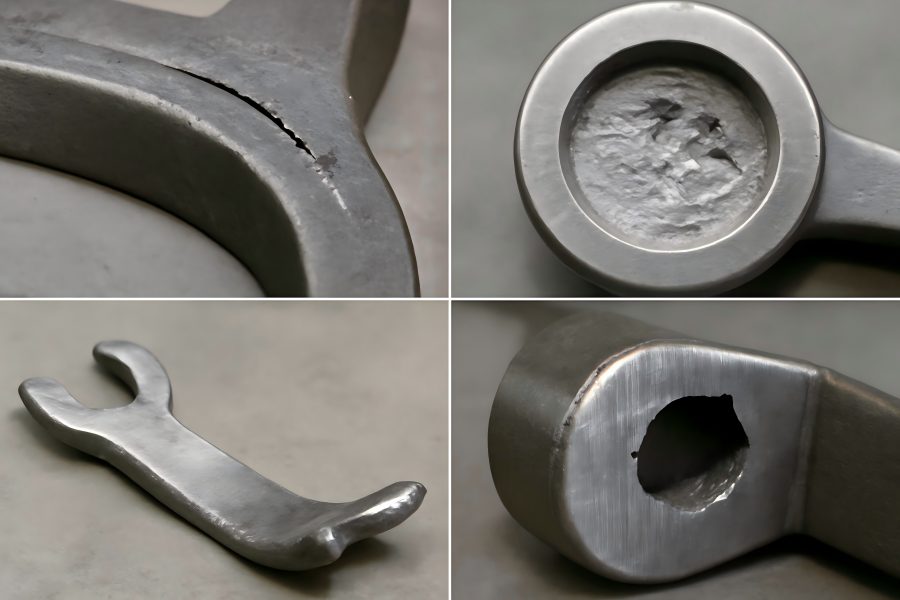
Forging shapes metals like steel, aluminum, and titanium into strong, durable parts using compressive forces. However, defects arising from temperature, pressure, material properties, or mold design can affect quality, increase rework, and raise costs. Improving product performance, cutting waste, and increasing efficiency all depend on fixing these flaws.
Read More
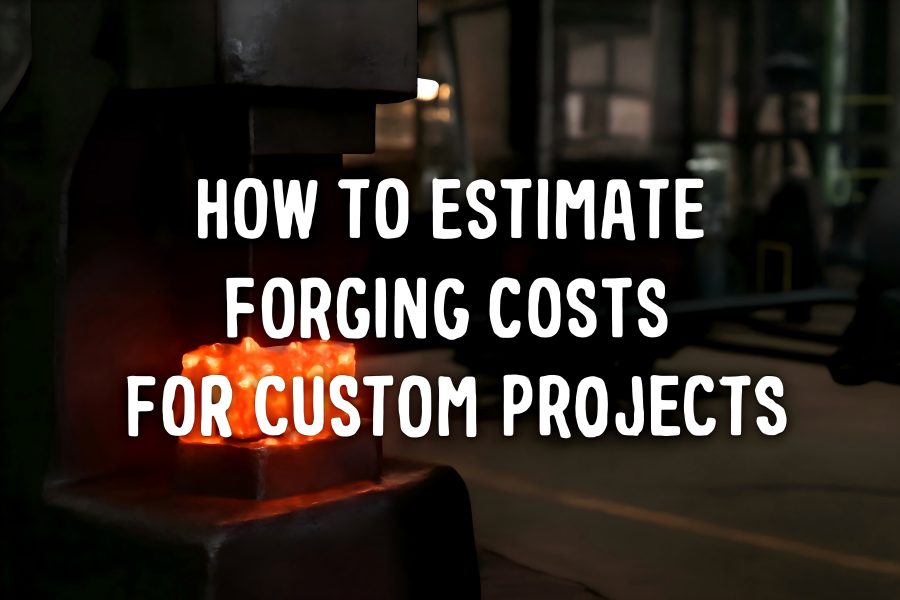
Estimating the costs for forging custom projects is essential for determining project feasibility, pricing, and profitability. Understanding the key components that make up the forging cost and utilizing the right methods and tools for calculation will help ensure accurate estimates and optimize the manufacturing process.
Read More
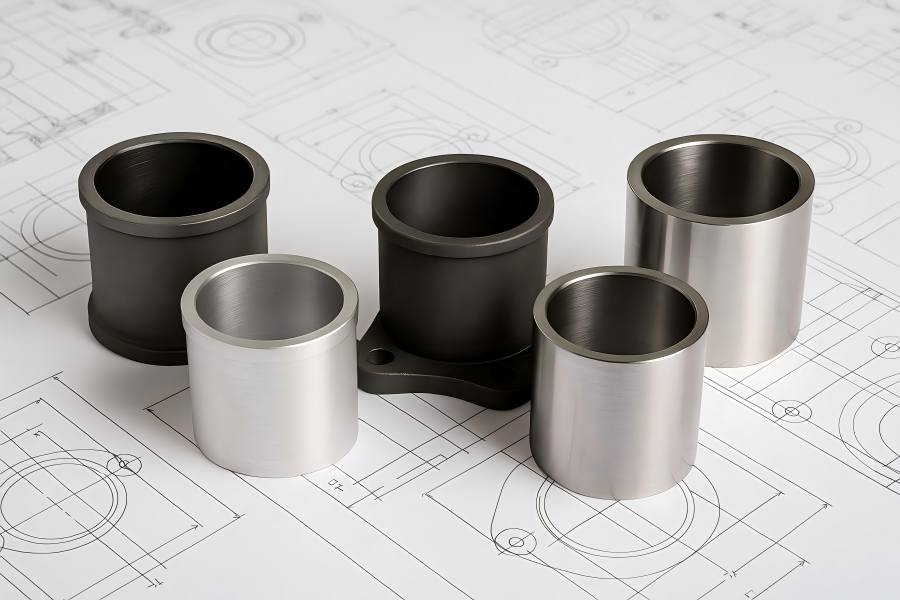
In modern engine design, choosing the right cylinder sleeve material is crucial for efficiency, durability, and heat management. As engines advance and propulsion technologies diversify, materials science continues to meet growing demands.
Read More
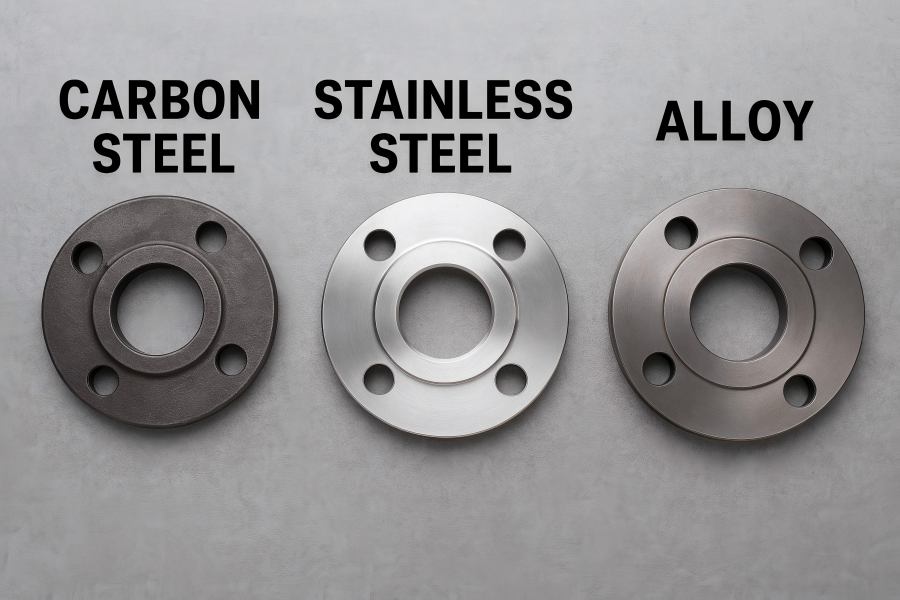
Selecting between carbon steel, stainless steel, and alloy flanges can significantly affect a system’s performance, longevity, and overall cost. Each material has its own characteristics—ranging from corrosion resistance and tensile strength to thermal stability and machinability—that make it more or less suitable for specific operating environments.
Read More

In the competitive world of manufacturing, the right hot forging supplier can make or break your project’s success. When selecting a partner, quality, consistency, engineering support, and long-term dependability are more important considerations than pricing alone.
Read More

In the world of metal forming, forging remains one of the most trusted processes for producing high-strength, durable, and reliable components. However, not all forging is the same. The two primary methods—hot forging and cold forging—differ not only in temperature but also in their influence on part quality, production economics, and long-term performance.
Read More
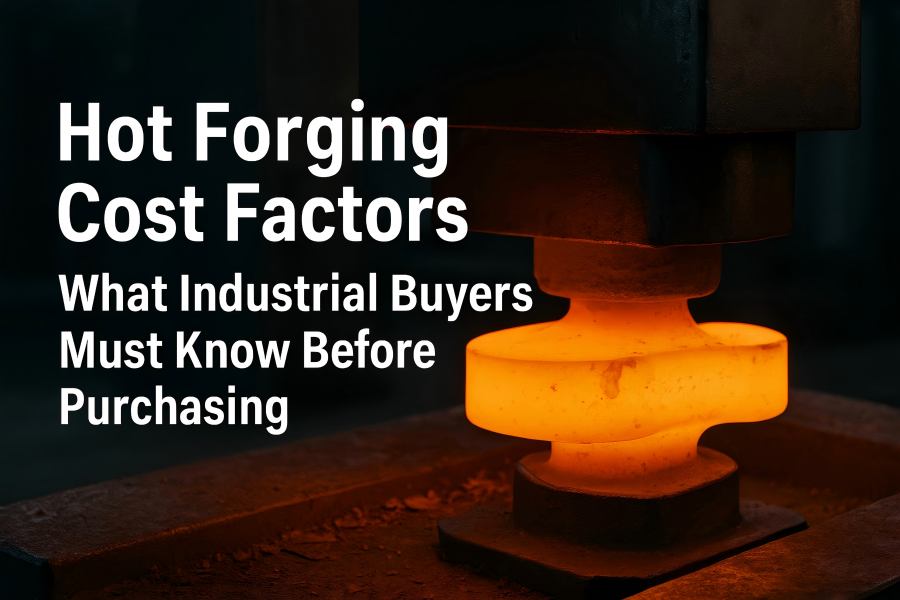
In industrial manufacturing, hot forging is one of the most reliable and cost-effective methods for producing strong, durable, and high-performance metal parts. From automotive crankshafts and turbine blades to heavy-duty gears and hydraulic components, forged parts dominate industries where safety, fatigue strength, and dimensional consistency are critical.
Read More

Choosing between forging, casting, and machining can define the quality, durability, and cost-efficiency of your product. Each process has its own advantages and trade-offs, depending on the material, tolerance requirements, production volume, and intended use.
Read More
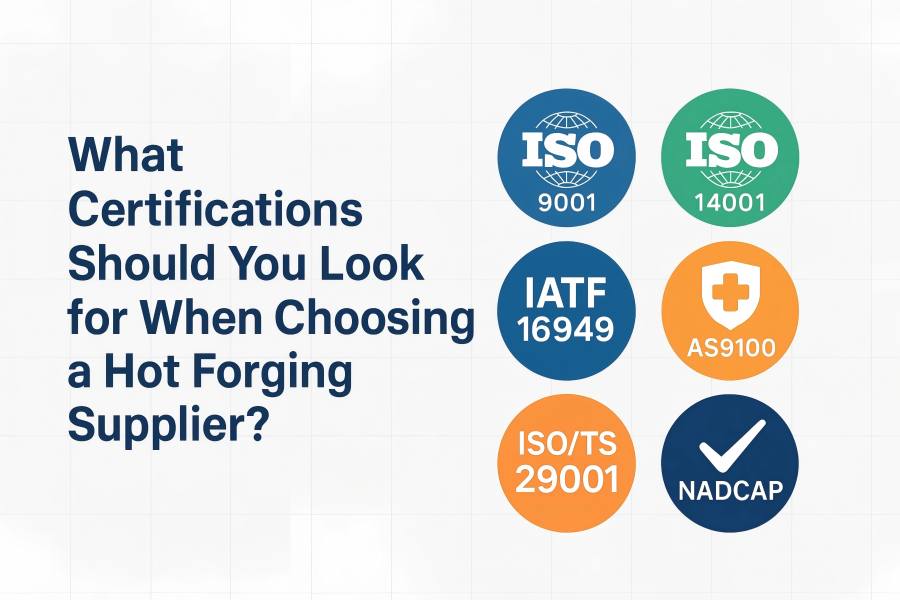
Selecting the right hot forging supplier is more than just comparing quotes or evaluating equipment capabilities—it’s about ensuring long-term reliability, safety, and quality. Certifications serve as a verifiable indicator that a supplier adheres to globally recognized standards for production, materials, and management.
Read More
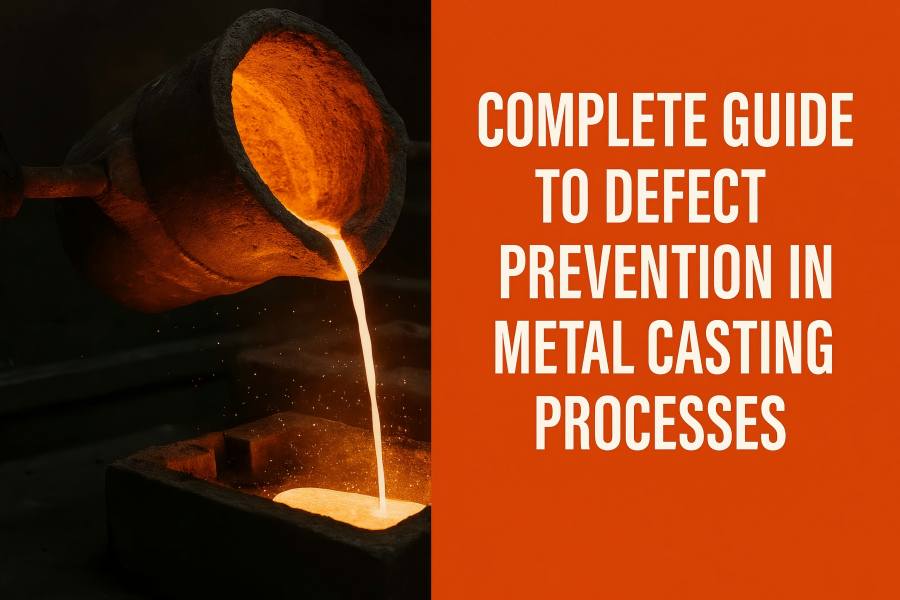
Metal casting is the invisible backbone of modern manufacturing. From the crankshafts in trucks to turbine blades, almost every industry depends on cast metal components. Yet, casting defects remain a persistent and costly challenge.
Read More
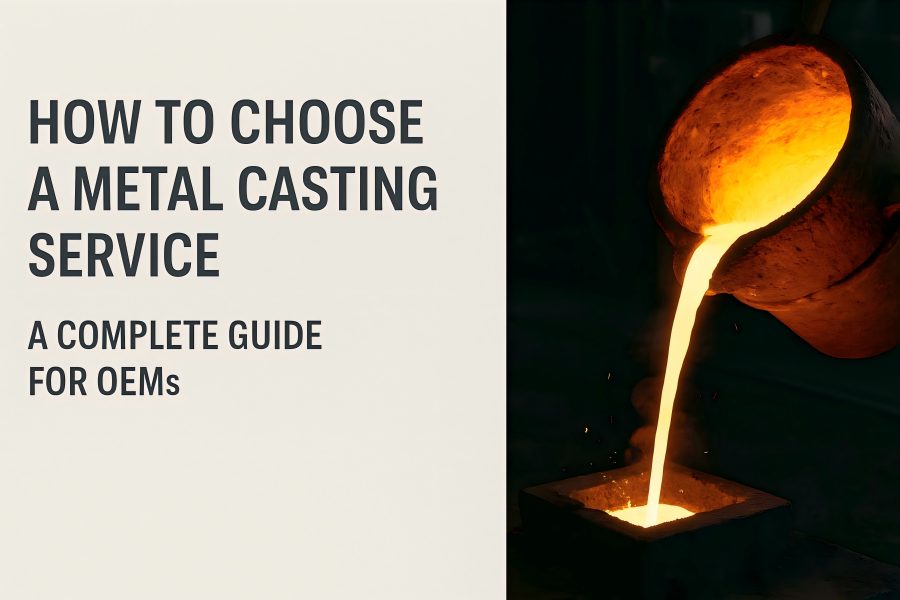
In a world of rapid product innovation and globalized supply chains, the choice of a metal casting service can determine whether an OEM’s design becomes a market success—or a costly setback.
Read More